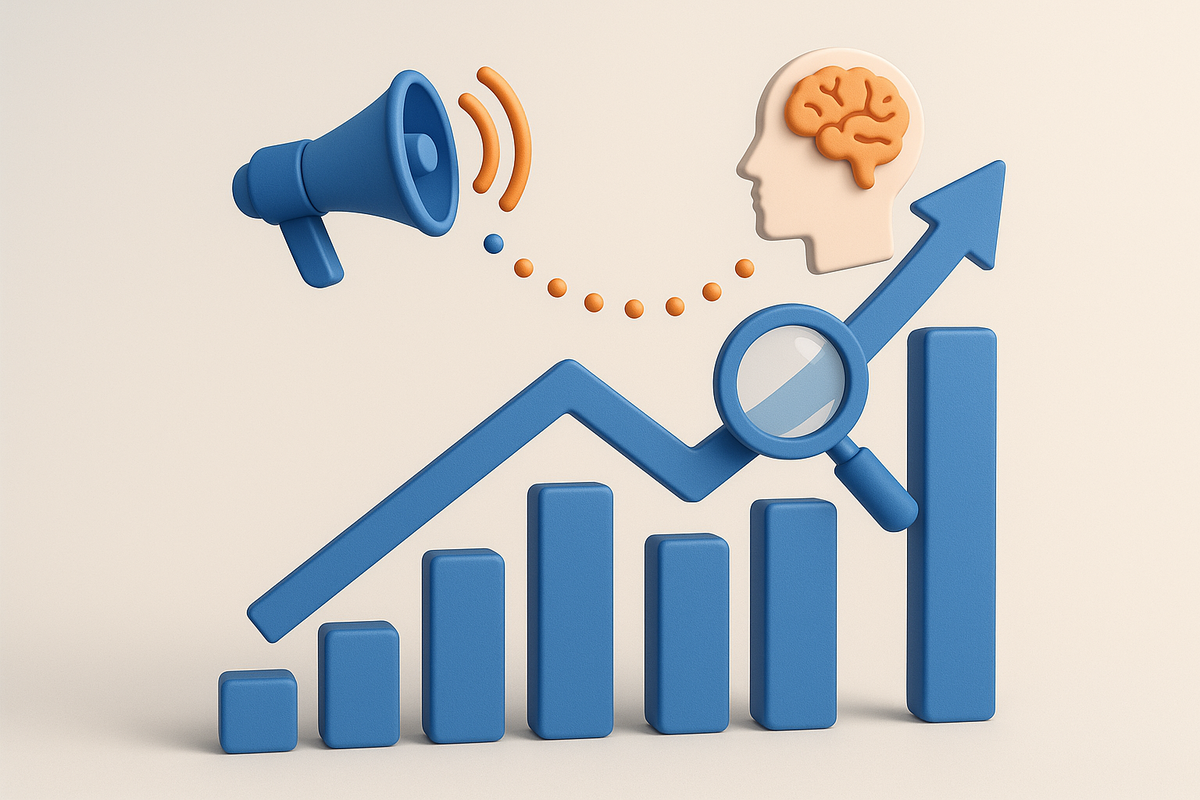In today’s hyper-competitive B2B landscape, success isn’t about chasing leads it’s about anticipating them. Enter Intent Intelligence the next evolution of data-driven marketing that helps businesses understand not just who their buyers are, but what they’re planning to do next.
From identifying companies actively researching your solution to knowing when a prospect is ready for outreach, intent data gives B2B marketers a real-time window into buyer intent before they even fill out a form.
What Is Intent Intelligence?
Intent Intelligence refers to the process of collecting, analyzing, and interpreting online behavior signals that reveal a prospect’s likelihood to buy.
These signals may include:
-
Content consumption (e.g., reading whitepapers, blog posts, or case studies)
-
Search behavior (keywords or topics they’re actively researching)
-
Engagement activity (social shares, webinar sign-ups, forum participation)
By integrating these data points, B2B marketers can predict purchase intent and engage with leads at the perfect time — when interest is high and competition is low.
Why Intent Intelligence Is Redefining B2B Marketing in 2025
The traditional lead scoring model — based on demographics and form fills — is quickly becoming outdated. With intent-based marketing, brands gain deeper insights into buyer motivation, timing, and context.
Here’s why it’s changing the game:
1. Precision Targeting
Intent intelligence allows marketers to focus only on in-market buyers — those already showing purchase intent through their online behavior.
Instead of wasting ad spend on cold audiences, B2B marketers can direct campaigns toward accounts actively researching solutions like theirs.
2. Shorter Sales Cycles
With insights into a buyer’s research stage, sales teams can personalize outreach and address pain points faster. This alignment between marketing and sales accelerates the pipeline.
3. Increased ROI
By identifying where prospects are in their journey, businesses can prioritize high-value leads and allocate resources more effectively — reducing acquisition costs while boosting conversion rates.
How Intent Intelligence Works: Step-by-Step
Let’s break down how brands can implement intent intelligence effectively:
Step 1: Collect Intent Data
Gather behavioral data from multiple sources such as:
-
Third-party platforms (e.g., Bombora, ZoomInfo, 6sense)
-
First-party insights (website analytics, CRM engagement)
-
Content interactions (whitepaper downloads, webinars, demo requests)
Step 2: Analyze Behavioral Patterns
Use AI tools to identify content clusters, search patterns, or engagement spikes that indicate purchase readiness.
For example, if several decision-makers from the same company repeatedly view your “B2B Automation Trends” whitepaper, that’s a strong buying signal.
Step 3: Segment & Prioritize Accounts
Not all intent signals carry equal weight.
Use scoring models to rank leads based on intent strength — such as keyword frequency, page visits, or engagement duration.
Step 4: Activate Campaigns
Feed your insights into:
-
ABM campaigns to target high-intent accounts
-
Email workflows personalized to buyer stage
-
Retargeting ads aligned with specific pain points
Step 5: Measure & Refine
Monitor engagement metrics and conversion performance to continuously improve the precision of your intent data model.
Real-World Example: Predicting Conversions Before They Happen
A B2B SaaS company used intent intelligence to monitor accounts researching “AI-based hiring tools.”
Before launching ads, the brand built a targeted ABM list of companies with high intent scores.
Result:
-
40% increase in engagement rate
-
25% shorter sales cycle
-
3x higher ROI compared to traditional lead-gen campaigns
Intent-driven insights helped the company meet buyers at the right time — not after the interest had cooled off.
Integrating Intent Intelligence with Content Syndication
Platforms like WhitepapersOnline are already leading this evolution.
By combining intent-driven data with content syndication, B2B marketers can ensure that whitepapers, case studies, and reports reach active decision-makers — not random browsers.
This hybrid model bridges content marketing and buyer intelligence, transforming traditional lead generation into predictive engagement.
Challenges to Overcome
While the potential is huge, adopting intent intelligence isn’t without challenges:
-
Data quality: Inconsistent or outdated data can skew insights.
-
Privacy compliance: GDPR and data consent rules must be respected.
-
Integration gaps: Combining third-party intent data with CRM tools requires technical alignment.
Brands that invest in clean data pipelines and transparent data sourcing will stay ahead of compliance and competition.
The Future: Predictive B2B Marketing
By 2026, experts predict over 70% of B2B companies will use intent data to guide marketing strategy.
As predictive analytics and AI tools mature, intent intelligence will shift from optional to essential — redefining how brands identify, engage, and convert prospects.
Conclusion: From Insight to Impact
Intent intelligence is more than a marketing tool — it’s a mindset shift.
It enables brands to stop guessing and start knowing what their buyers want, when they want it.
In a world where timing defines success, those who master intent will not just reach leads — they’ll anticipate them.
Call to Action (CTA)
Looking to amplify your content strategy with real-time intent data?
Explore WhitepapersOnline’s Syndication and start connecting with high-intent B2B decision-makers today.

